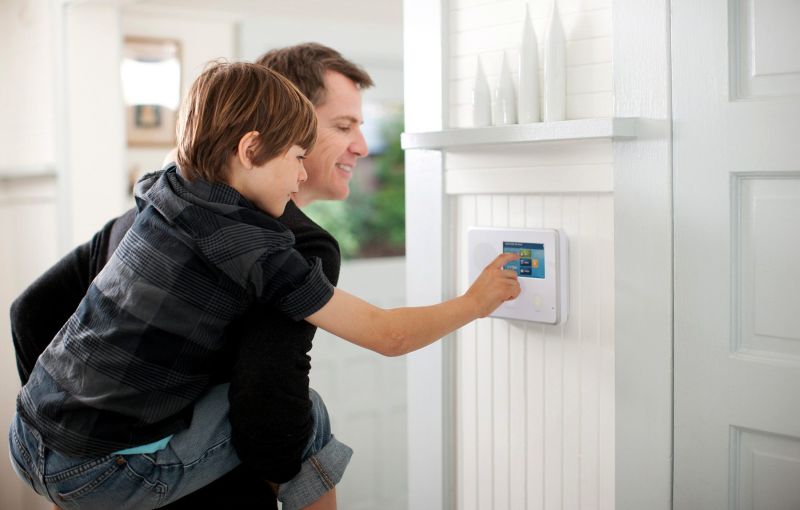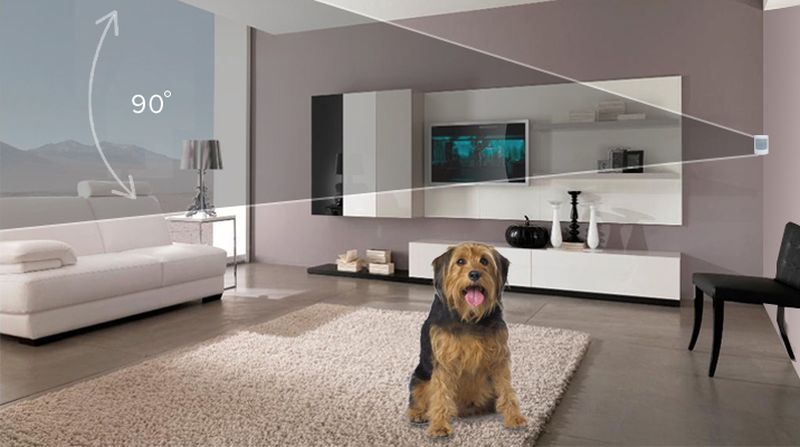Protecting your home is important, no matter where you live. Even if you are not situated in one of the burglary hotspots, your property can still fall victim to intruders, if you do not have the right security in place. A good alarm system is one of the best forms of home security. But, does this cause a problem if there are pets in the household?
Let’s face it, the last thing you need is to have to explain to the police why they are investigating a potential break-in that was actually just your dog setting off the alarm. The good news is that there are things that you can do to stop this type of situation from happening.
Benefits of monitored alarm system
If you are concerned about false alarms, investing in a monitored alarm system is a good idea. You do not just pay for the system itself; you also pay for 24/7 monitoring. Whenever your house alarm is triggered, checks are made to see if there is a genuine incident.
Advanced home security alarms only send personnel to the property if it’s not a false alarm. This means that you will not be left red-faced if your Labrador triggers any of the motion sensors in your home.
Monitored alarm systems also provide the benefit of your home being monitored wherever you are. You can go away on holiday knowing that someone is watching over your property.

Using pet-friendly motion sensors
Whether you invest in a monitored alarm system or not, you can always invest in motion sensors that are pet-friendly. This makes sense as motion sensors form an integral part of any good alarm system, and traditional sensors can easily be triggered by pets, depending on where they are placed.
Pet-friendly motion sensors are designed so that they should not be triggered by anything which weighs between 40lbs and 80lbs. This means that small pets, and most dogs, won’t trigger them.

Where to place motion sensors
Buying pet-friendly motion sensors may not solve your problem entirely. Motion sensors work by detecting heat signatures in the vicinity. In the case of traditional motion sensors, this means that the heat signature of any pet that passes by sets off the alarm. When pet-friendly motion sensors are fitted, this should not happen if the heat signature suggests a weight of between 40lbs and 80lbs.
But, sometimes sensors detect two pets playing together, and the combined heat signature means that the alarm is triggered. This is why many experts recommend that any motion sensors should be located 7.5’ to 8’ high, to help keep pets away.

If you have any doubts about where to place motion sensors, it’s a good idea to seek expert help with installation. In the case of monitored alarm systems, the installation is usually included, so that you have complete peace of mind.
Editor’s Recommendations:
Nest’s Indoor Security Camera can Distinguish Between People and Pets
Lighthouse Security Camera Uses 3D-Sensing to Identify People and Pets
Follow Homecrux on Google News!




